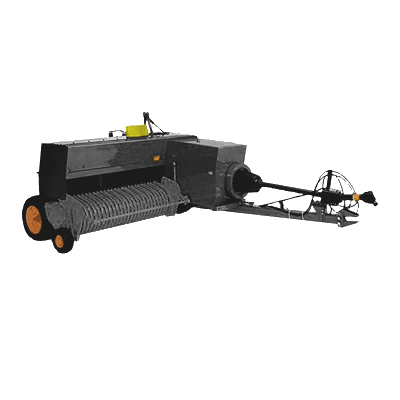Baler/Research Development: Difference between revisions
(Created page with "=Overview= =Research= ==Comments== I had thought about the old Allis Rotobalers - I had heard some were rigged to run off two-cylinder Wisconsin air-cooled engines, because, ...") |
No edit summary |
||
| Line 1: | Line 1: | ||
{{ToolTemplate|ToolName=Baler}} | |||
[[Image:Baler.png|thumb|400px|Baler]] | |||
=Overview= | =Overview= | ||
Revision as of 08:17, 5 September 2011
| Baler | ||
|---|---|---|
| Home | Research & Development | Bill of Materials | Manufacturing Instructions | User's Manual | User Reviews | 
| |
Overview
Research
Comments
I had thought about the old Allis Rotobalers - I had heard some were rigged to run off two-cylinder Wisconsin air-cooled engines, because, when they were introduced, there were still a lot of tractors in service with no PTO, just a flat-belt pulley. I have never seen a Rotobaler set up this way, only with PTO shaft drives. These made small round bales - you can find videos on You-Tube. Several old-timers have told me livestock greatly preferred the round bales to square bales - the hay didn't poke their mouths as much. There are also several small Italian brands of round balers, and a couple of "boutiquey" miniature square balers to make decorative hay bales. If you are just interested in using it as green manure, a hay chopper and forage wagon(s) would do the trick, I think.
So it's a hay picker-upper followed by a hammer mill? Add a sickle bar, and you have all in one step. The problem, though, is volume, no? Perhaps this is where a simple hyhdraulic ram could spit out compressed, untied bales. A baler would compact the straw perhaps 5 times or so, with hydraulics, perhaps many more times, to make picking up mulch very effective, perhaps on one single platform consisting of sickle-compactor-trailer. That could be good. Just a pull-behind for LifeTrac.
